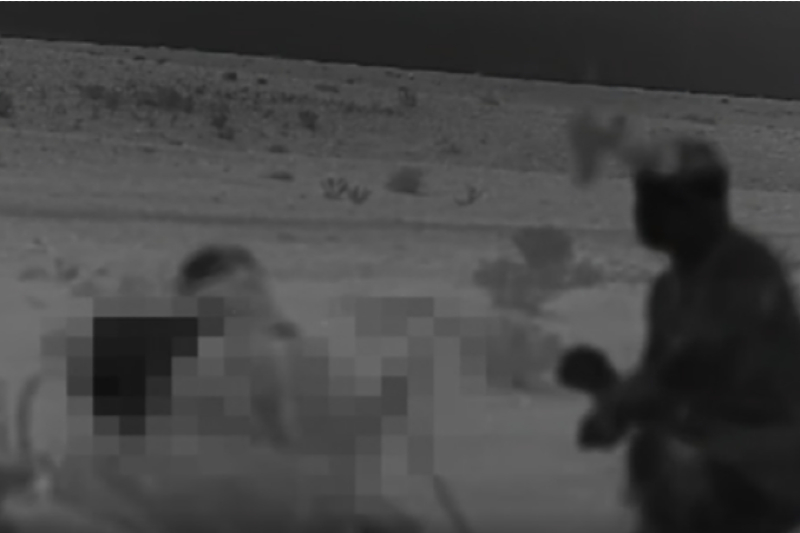Mossad’s Covert Iran Operation Preceded Israeli Strikes

Before Israeli warplanes entered Iranian airspace targeting critical military and nuclear installations, covert action teams and drones were already mobilizing from within Iran itself.
Weapons hidden in civilian vehicles and clandestine assets embedded deep inside the country were activated in a sweeping operation that had been quietly orchestrated over several months.
The coordinated strikes targeted top Iranian military officials, nuclear experts, and key figures in the Islamic Revolutionary Guard Corps (IRGC), many of whom were killed in their residences in the early morning hours.
Senior Israeli intelligence sources said the campaign aimed to decapitate Iran’s strategic leadership through a calculated first wave of high-level assassinations.
Among those reported killed were Maj. Gen. Mohammad Bagheri, Iran’s military chief; Maj. Gen. Hossein Salami, commander of the IRGC; and physicist Mohammad Mehdi Tehranchi, president of the Islamic Azad University.
Several of these attacks involved explosives embedded in drones or devices that struck high-rise buildings in central Tehran.
Codenamed “Rising Lion,” the mission relied heavily on long-dormant intelligence cells, stockpiled weaponry, and meticulous surveillance.
Mossad, Israel’s external intelligence agency, led the initiative, supported by the Israeli military, with operations unfolding even as U.S.-Iran nuclear discussions resumed.
According to Israeli sources, Mossad operatives had successfully smuggled significant quantities of specialized arms into Iran over recent months. These assets were then strategically positioned across the country in preparation for simultaneous strikes. Drone launch sites and precision-guided munitions were deployed near Iran’s missile defense zones, undermining their ability to counter incoming Israeli aircraft.
As part of the offensive, Israeli forces also neutralized ground-based missile launch systems, especially targeting mobile trucks used to transport munitions. Disrupting even one of these vehicles was considered to significantly hinder Iran’s missile capabilities, officials noted.
The broader strategic effect of the operation remains uncertain, with Western intelligence officials suggesting it may take weeks to fully assess whether Iran’s alleged nuclear ambitions have been genuinely set back or merely delayed. Tehran continues to assert that its nuclear program is strictly peaceful.
What became apparent, however, was Iran’s vulnerability. The simultaneous loss of several top-tier officials highlighted gaps in internal security and an apparent underestimation of Israel’s ability to penetrate Iranian territory so deeply.
The covert action has not ended with the initial wave. Israeli intelligence is reported to have sent veiled threats to surviving officials, letting them know they are under surveillance and could be next.
Communications were delivered in ways meant to convey Mossad’s reach — through personal calls, indirect messages, or unexpected notes.
The campaign follows a string of previous Israeli operations, including a significant strike last year in Beirut where modified devices — allegedly disguised as electronic gadgets — inflicted mass casualties among Hezbollah operatives.
This latest offensive is seen as part of a broader Israeli response to the October 7, 2023, incursion by Iran patronized Hamas from Gaza, which left Israel’s security establishment reeling.
With an estimated 20 hostages from that attack still held, Israeli forces have intensified efforts against Iran and its network of regional allies.
(This account draws from exclusive reporting by The Washington Post, based on information provided by Israeli and Western intelligence officials.)



